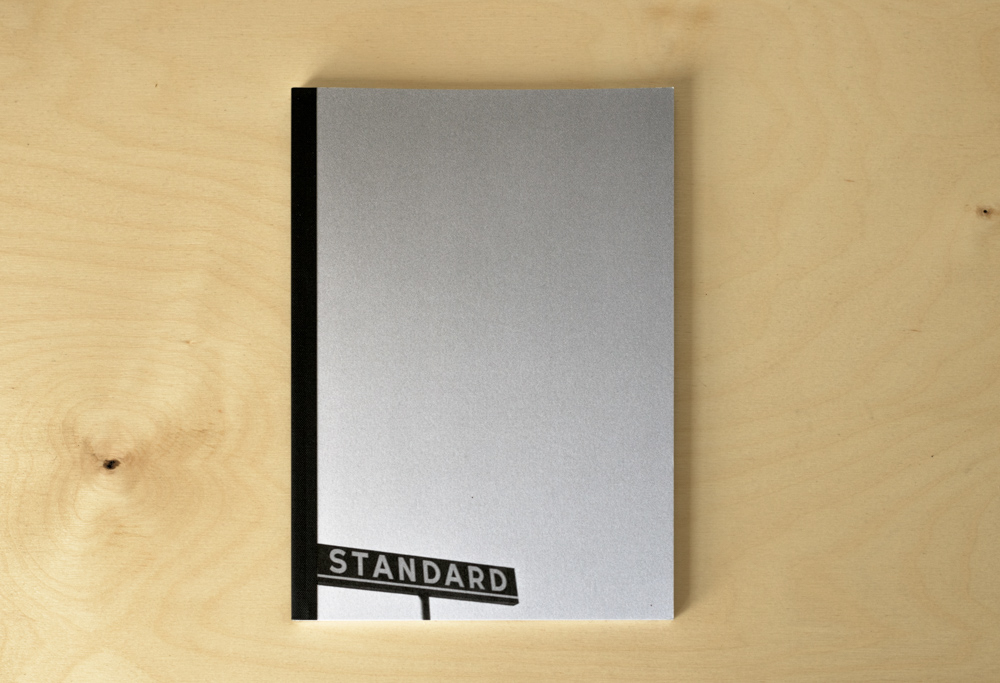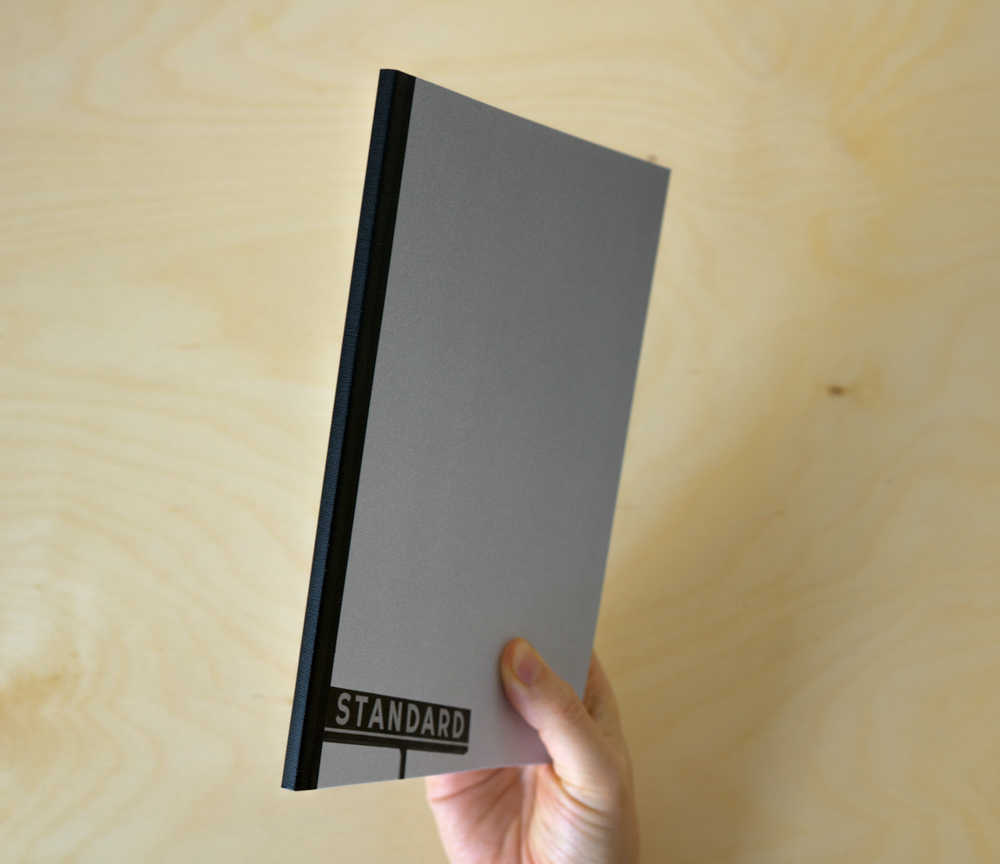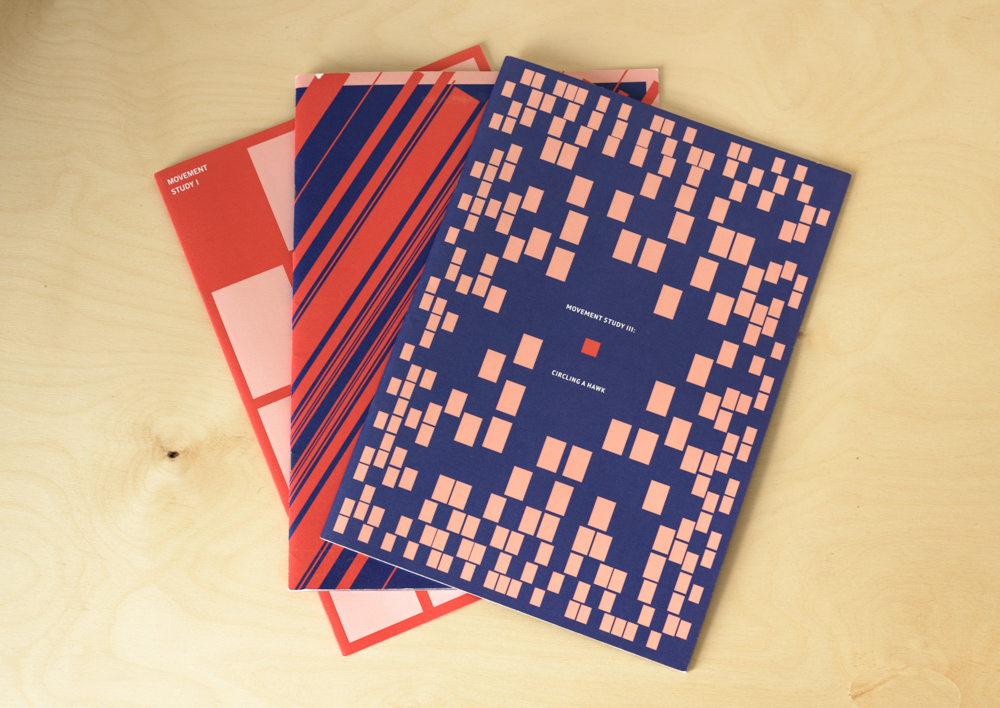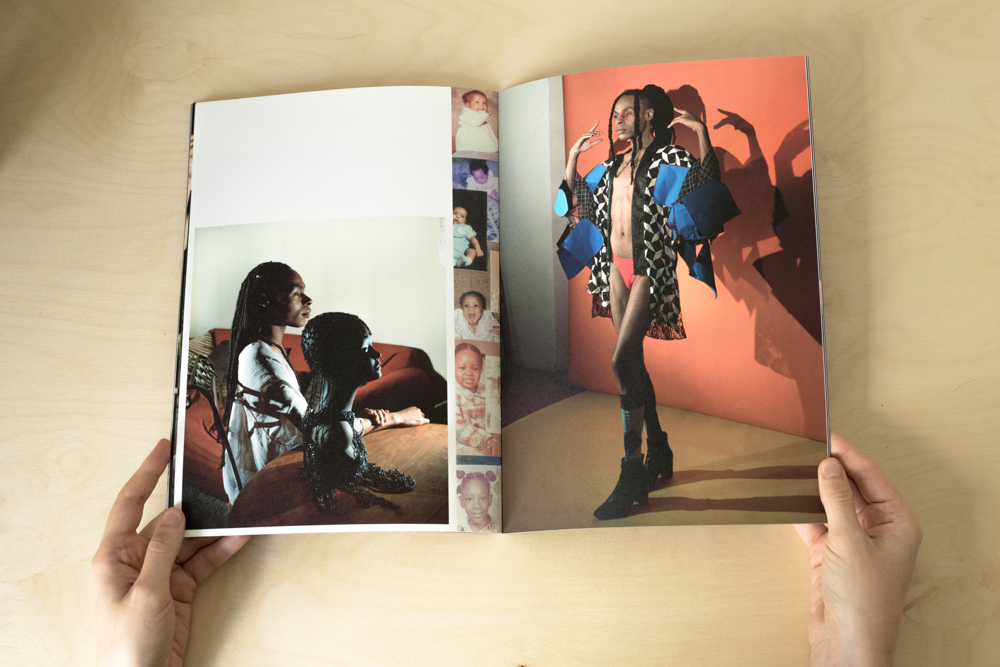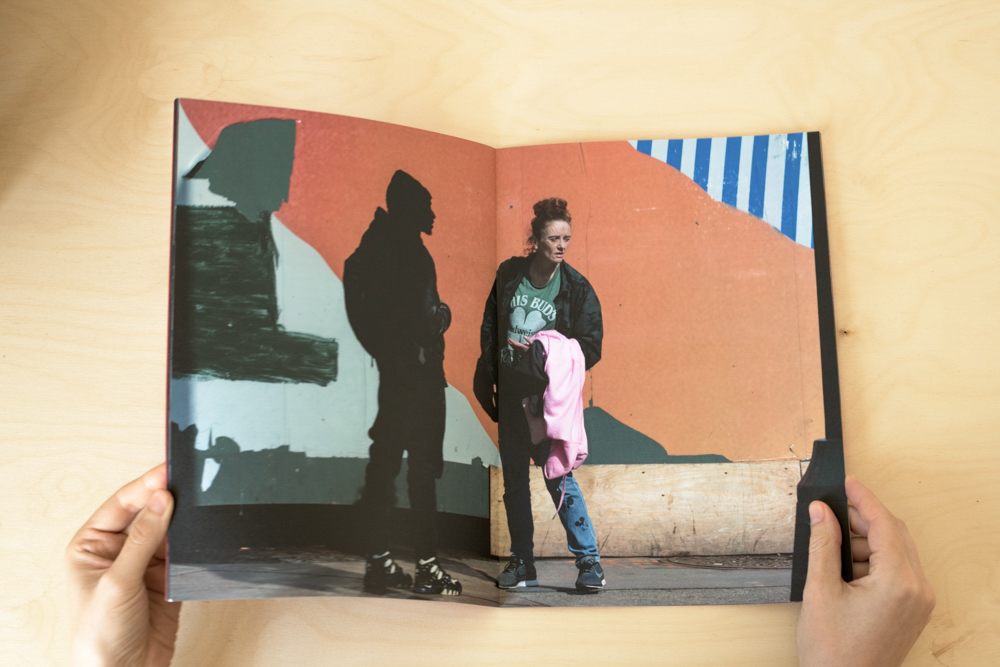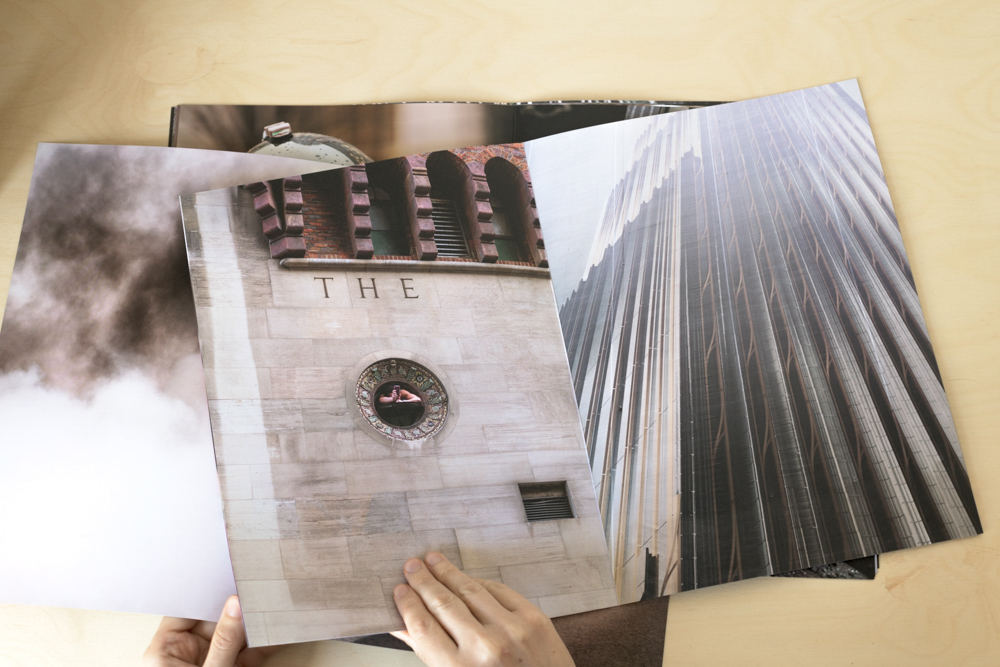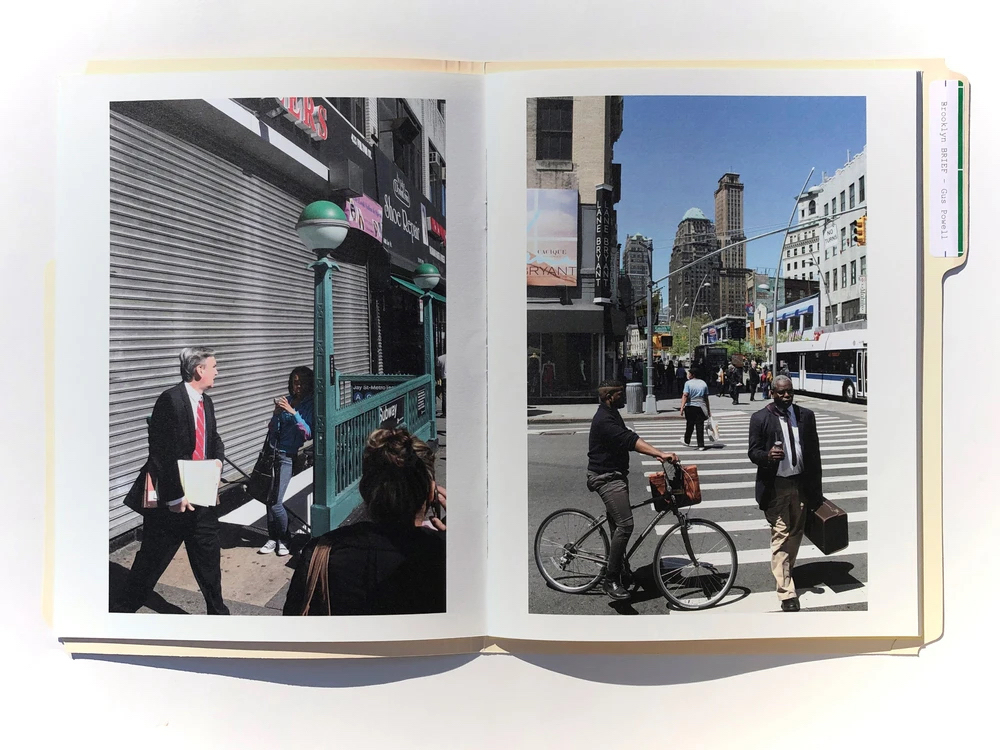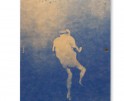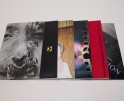Publisher’s Spotlight: ROMAN NVMERALS
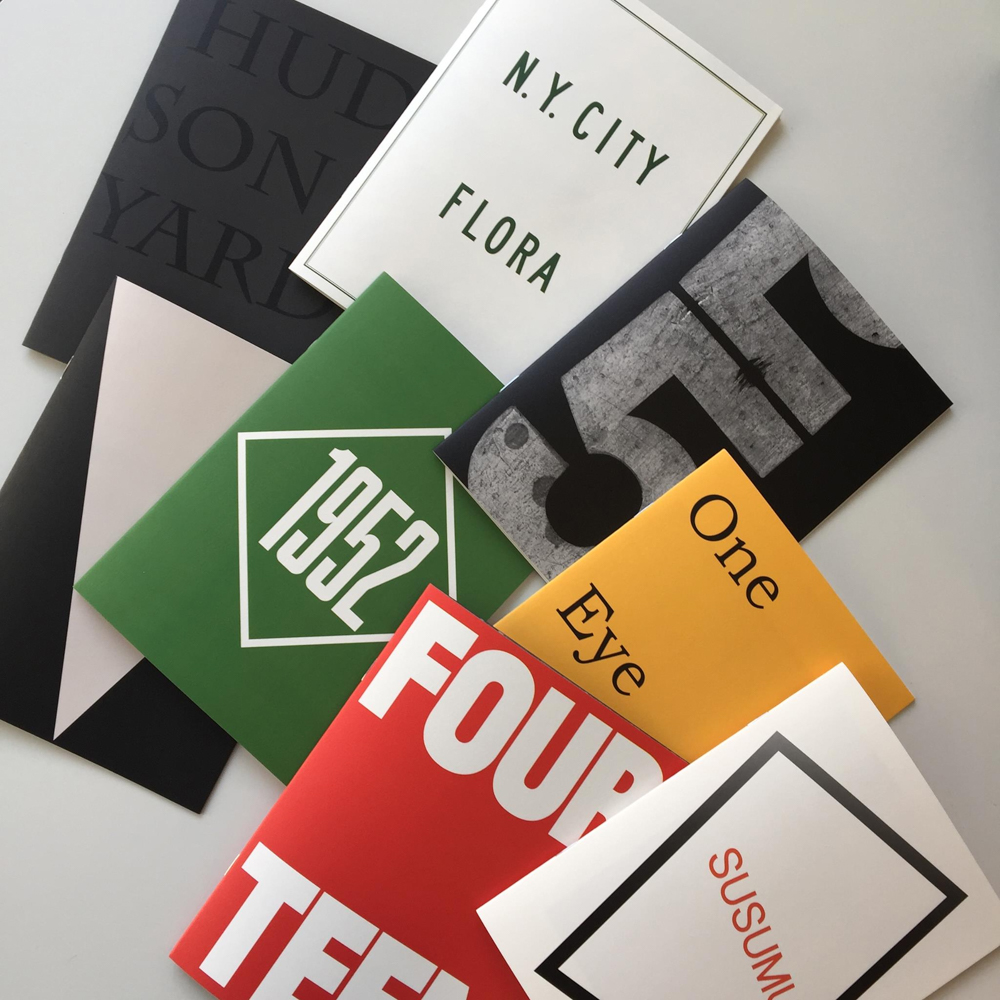
ROMAN NVMERALS first 8 books (Left to right): “Hudson Yards” by ©Michael Vahrenwald, “Viewshed” by ©David La Spina, “N.Y. City Flora” by ©Jessica Tang, “1952” by ©David La Spina, “5” by ©David La Spina, “Fourteen” by ©David La Spina, “One Eye Crying” by ©Robert Lyons and “Susumu” by ©Mari Kon
This month is all about books on Lenscratch. In order to understand the contemporary photo book landscape, we are interviewing and celebrating significant photography book publishers, large and small, who are elevating photographs on the page through design and unique presentation. We are so grateful for the time and energies these publishers have extended to share their perspectives, missions, and most importantly, their books.
ROMAN NVMERALS is a small press based in New York City specializing in high quality, small run, photography and fine art books. The majority of the publisher’s titles are based on a 16-page model and printed in the U.S.A. Recent titles include works by Jessica Tang, Elizabeth Bick, James Welling, Stephen Shore, and Laura Letinsky.
The press is founded by David La Spina and Michael Vahrenwald, both based in New York City. I was familiar with ROMAN NVMERALS and was interested to talk with them more in detail about their process and focus. Unlike other publishers who may be seeking more meaty bodies of work, ROMAN NVMERALS often publishes work that may not constitute a full monograph or exhibition. Using smart design, local vendors, and smaller runs, they elevate what may have been experiments and lost causes to a handsome collection of publish-worthy projects. – Tracy L. Chandler
Today, photographer Tracy L. Chandler interviews publishers Michael Vahrenwald and David La Spina.
Follow ROMAN NVMERALS on Instagram: @romannvmerals
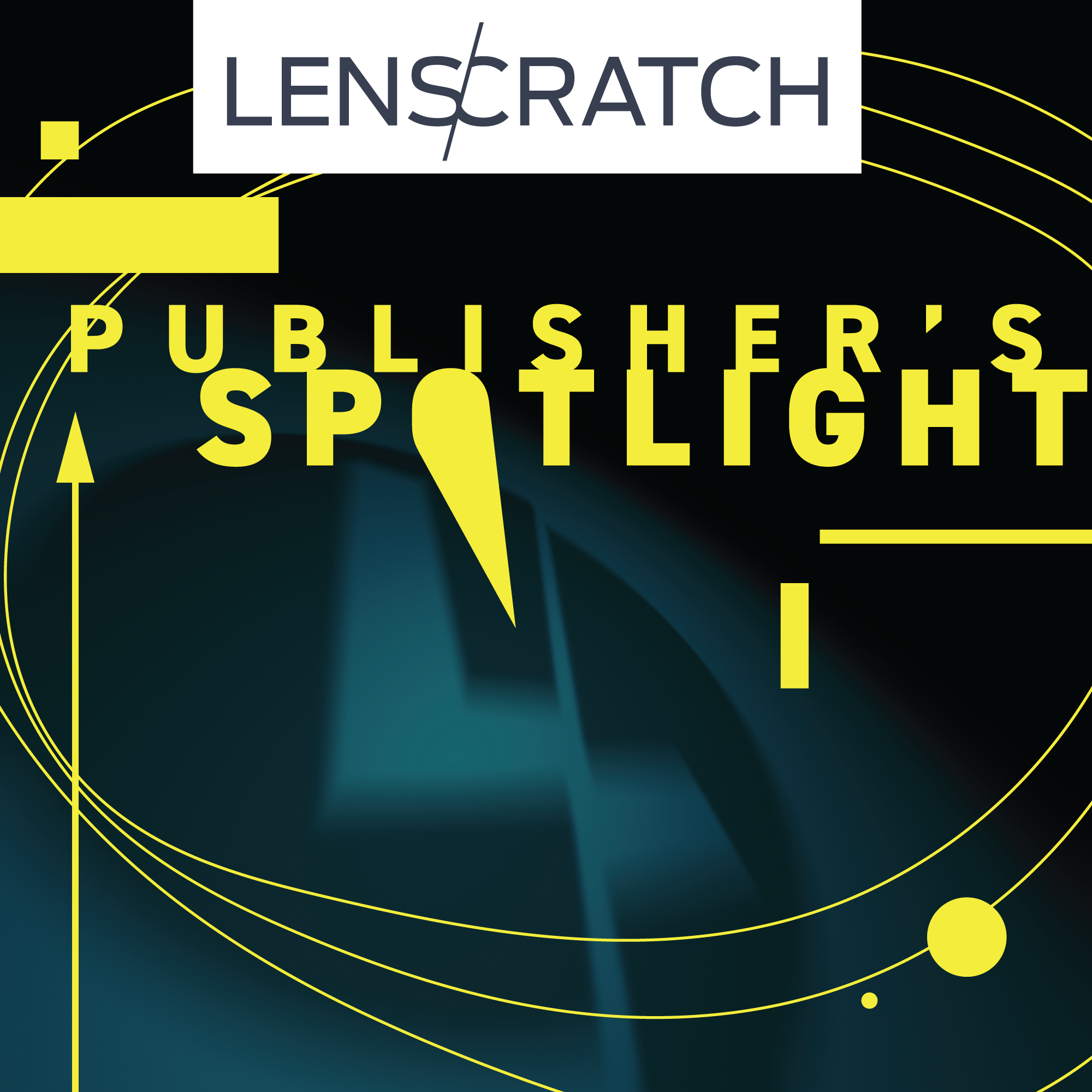 What was the first book you published, and how did ROMAN NVMERALS come about?
What was the first book you published, and how did ROMAN NVMERALS come about?
David had a bunch of small projects all bottled up and kinda went crazy with it. This started when David was on a press check at Meridian printing in East Greenwich RI. In his time there, he asked if he could proof some photos on their new HP Indigo. Michael had always had this idea to make cheap, simple but well-made books that were just given a volume number I, II, III, IV, etc. Add two manic guys and ROMAN NVMERALS was born, sort of as a cooperative amongst photographers. We also happened to be doing a studio project for Other Means and in trade they made us the most incredible font that we use for our logotype. Our first books were by Michael Vahrenwald, Robert Lyons, Mari Kon, Jessica Tang and then four titles by David La Spina. (He can’t help himself.) The next few were by Kristine Potter and John Lehr, which went on to be larger projects published by TBW Books and Mack, respectively. Our first attempt at selling books (our launch) was at the Aperture Holiday Book Bazaar in 2015.
What is your mission as a publisher?
At first we asked photographers if they had a project that hadn’t gone anywhere, we were looking for those small bodies of work that most photographers have, something started but never made it past 10 to 20 images…We didn’t feel suited to handle anyone’s “legacy” project. We’ve always strived to have a diverse lineup and to keep our “supply chain” as local as we can, using papers and presses from our region.
How big is your organization?
Right now, it’s just the two of us. (Michael Vahrenwald and David La Spina)
What are the difficulties that publishers face?
They are endless and include time, money, storage, fulfilment, deadlines, and accounting. Also, sometimes our collaborators forget that this is a volunteer effort and we are just losing money. We also misplace books, frequently. Shipping is a nightmare these days.
Are there any publishing projects that have been particularly meaningful to you?
Being the first publisher for a lot of our peers means a lot to us. Publishing each of our paid interns first books has been fulfilling as well.
What upcoming projects are you excited about?
We’re working on a project with images made by Lisa Kereszi, Ben Donaldson, and their daughter. Darin Mickey and Michael are working on a project called “Glacial Erratics”, a contemplation on the perception of time, and we just published an unbound project by Jessica Tang. We are also working on books by Jessica Wynne, Maggie Seinfeld, Cade Sorgman, Alison Sexton, Curtis Wallen, Amanda Boe, Jasmine Clarke, and Steven Brahms.
How many books do you publish a year, and how do you choose which projects to publish? Do you have a specific focus?
We’ve slowed down recently, early on we were making 10 to 20 small editions every year. We’ve realized that just keeping track of them all is a fulltime job. Lately we’ve been making 3 to 4 new publications per year. We’re open to all kinds of content but we really love lens based work.
How can an artist get their work in front of you? Do you have any advice for photographers?
We accept submissions and look at them all…most of our books have just seven spreads, so it helps if the proposals are short and sweet.
We accept submissions and look at them all…most of our books have just seven spreads, so it helps if the proposals are short and sweet. What is the typical timeline of a project, from the beginning to the finished product?
We’ve made books in as short as a couple of months, and we’ve taken over a year or more to finish some. It’s a part time project for both of us and we work on things when we can. We’re kind of always doing things last minute.
How collaborative is the design process with the artist?
It varies from project to project, some artists want total control, others need more help along the way. We work with designers from time to time or, in most cases, we do it ourselves in a simple and straightforward way.
In terms of design, David’s wife, Dana Faconti, publisher of Blind Spot Magazine, helped design a lot of the early books, including Elizabeth Bick’s Movement Studies and David’s book “Viewshed”. We have also collaborated with other designers including Matt Willey of Pentagram, Frank Augugliaro, art director at The New York Times Sunday Review, and Ben Grandagent, Art Director of The New York Times Magazine. Sometimes artists collaborate with designers of their own choice, for example John Lehr had his partner, designer Emily Lessard, design the cover of El Camino Real.
How is the financial side of the project structured between publisher and artist? Does the artist contribute to production cost?
It changes from project to project. Usually the artist pays the exact costs and is reimbursed from gross sales, after costs are covered. We keep 25% of sales to cover credit card fees, Shopify costs, book fair costs, etc. We’ve also done a few books that we’ve fully funded but it’s rare.
What support do you give artists in terms of marketing or distribution? Do you attend book fairs?
Our all-time favorite fair is the New York Art Book Fair. We’ve traveled to fairs all over the place including Dubai, however traveling out of town for book fairs with our low margins usually means we break even or lose money. We try to place editions in as many shops as we can. We make books we love and we love getting them out in the world.
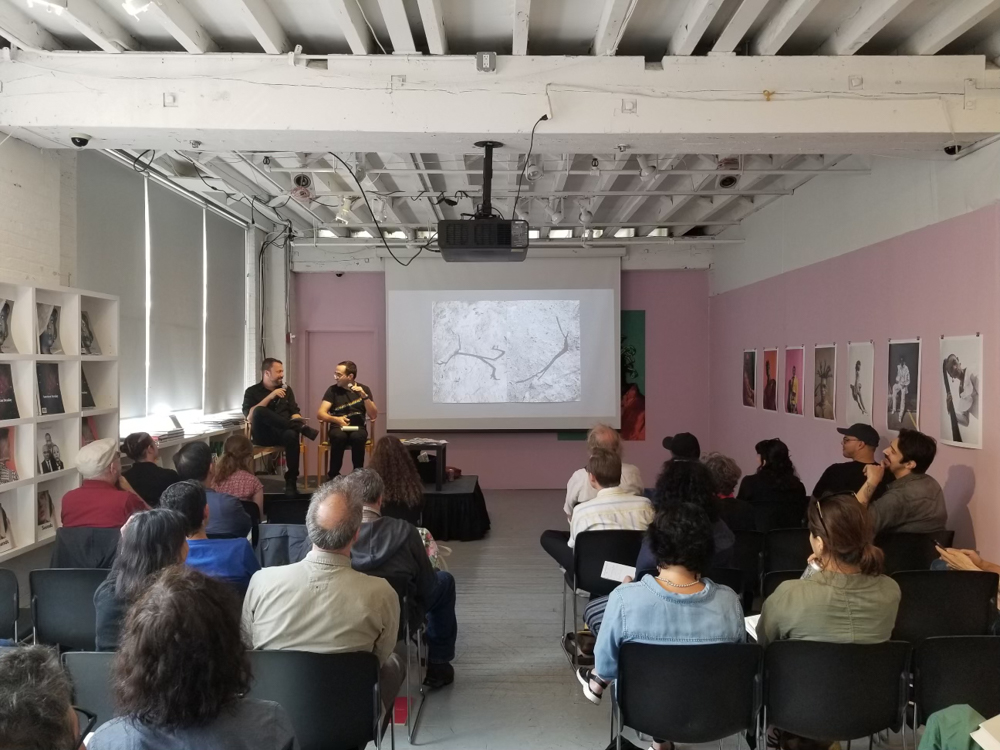
Michael Vahrenwald and David La Spina at Aperture Foundation, Images on screen from “STICKS” by Michael Vahrenwald
Tracy L Chandler is a photographic artist based in Los Angeles, CA. Her work explores peripheral communities and her own personal story reflected through portraiture and narrative. Her photographs address themes of memory, belonging, seeing, and being seen. Tracy earned her MFA in Photography at the Hartford Art School in 2021 where she was awarded the Mary Frey Book Grant. Her work has been exhibited in galleries and institutions in the United States and abroad.
Follow Tracy on Instagram: @tracylchandler
Posts on Lenscratch may not be reproduced without the permission of the Lenscratch staff and the photographer.
Recommended
-
Publisher’s Spotlight: Smog PressJanuary 3rd, 2024
-
Publisher’s Spotlight: Kult BooksNovember 10th, 2023
-
Publisher’s Spotlight: ‘cademy BooksJune 25th, 2023
-
Publisher’s Spotlight: Brown Owl PressDecember 10th, 2022
-
Publisher’s Spotlight: DOOKSSeptember 26th, 2022

